How to Harvest Basil
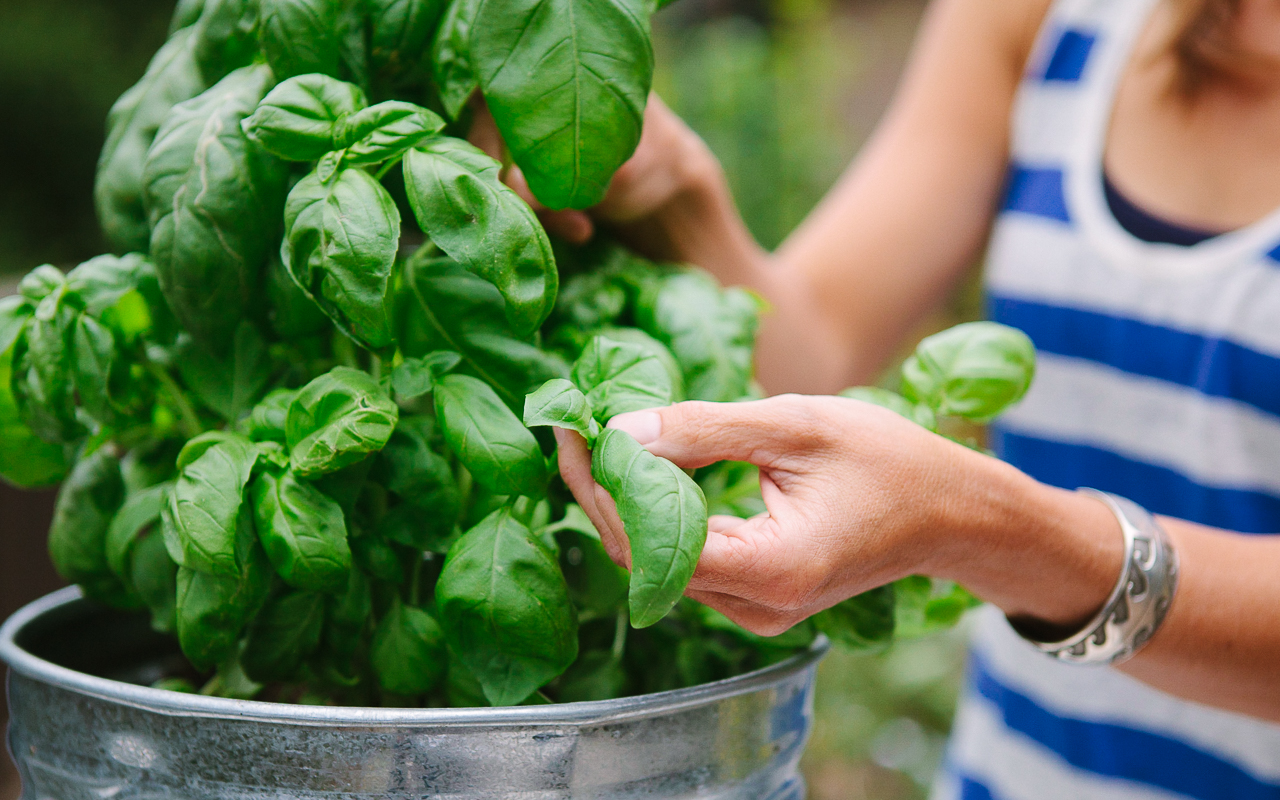
 Get more from your basil through harvesting. It’s simple. The more you pick the more it grows.
Get more from your basil through harvesting. It’s simple. The more you pick the more it grows.
Here’s Why Harvesting Basil Grows More Basil
Basil, like most plants, benefits from pruning. Proper pruning encourages growth and makes for a healthier, fuller plant — especially when done correctly.
In terms of biology, the nodes at leaf and branching points are made up of what’s termed meristematic tissue. It holds highly equipped cells responsible for new growth. This is where new stems, leaves, and flowers originate.
This is why it’s important to prune just above the nodes or branching points. For instance, if you prune midway down a stem your opportunity for new growth is lost. This is because the cells in between the nodes are made up of somatic cells and are only programmed to be themselves.

Basically, pruning makes for a more dynamic and robust plant, encouraging the growth of fresh new leaves.
If left to its own devices and not trimmed, pruned or otherwise eaten basil will simply become leggy and go to flower.
So! Keep picking to prolong the leafing stage of your plant.
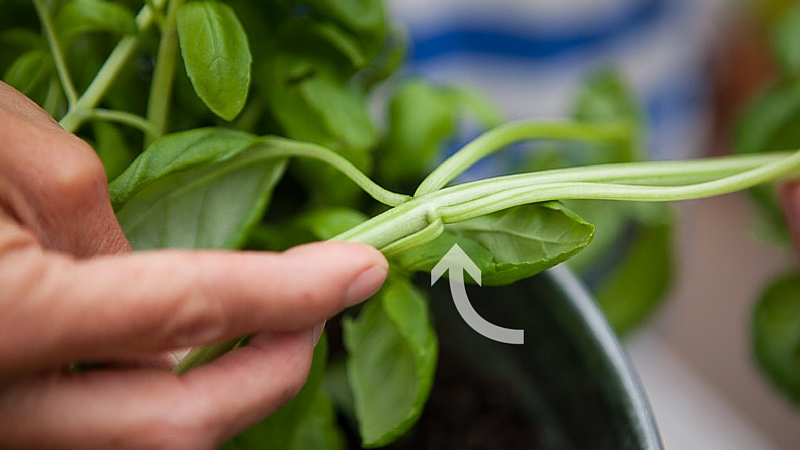
Here’s How to Prune Basil to Grow More Basil
When you need just a few leaves here and there to add to meals or drinks choose older leaves and pick leaves at the point where they meet the main stem. Take the leaf and leaf stem (petiole) whenever possible.
Take up to a 3rd of the plant by harvesting 2 to 3 nodes down the plant or down each stem of the plant when harvesting for a recipe such as pesto. (See the above image, pick or prune just above the node — the intersection of stem and leaves.) Leave about 1/3 of the plant with each harvest. If conditions are right, you’ll soon have another crop of basil in the making.
More Tips for a Better Basil Harvest
- Hydrate leaves in a bowl of water before use, just like lettuce. This is especially helpful when harvesting at the end of the day when leaves have lost moisture naturally throughout the day.
- If your plant is looking as if it’s going to bolt or go to flower, pinch back the buds. This generally holds off flowering for a short while. However, flowering could also be a sign that conditions in the garden are changing. Evening temperatures may be dropping, the soil needs feeding or its time to bring plants indoors.
- Harvest your plant to the ground before the 1st hard frost.
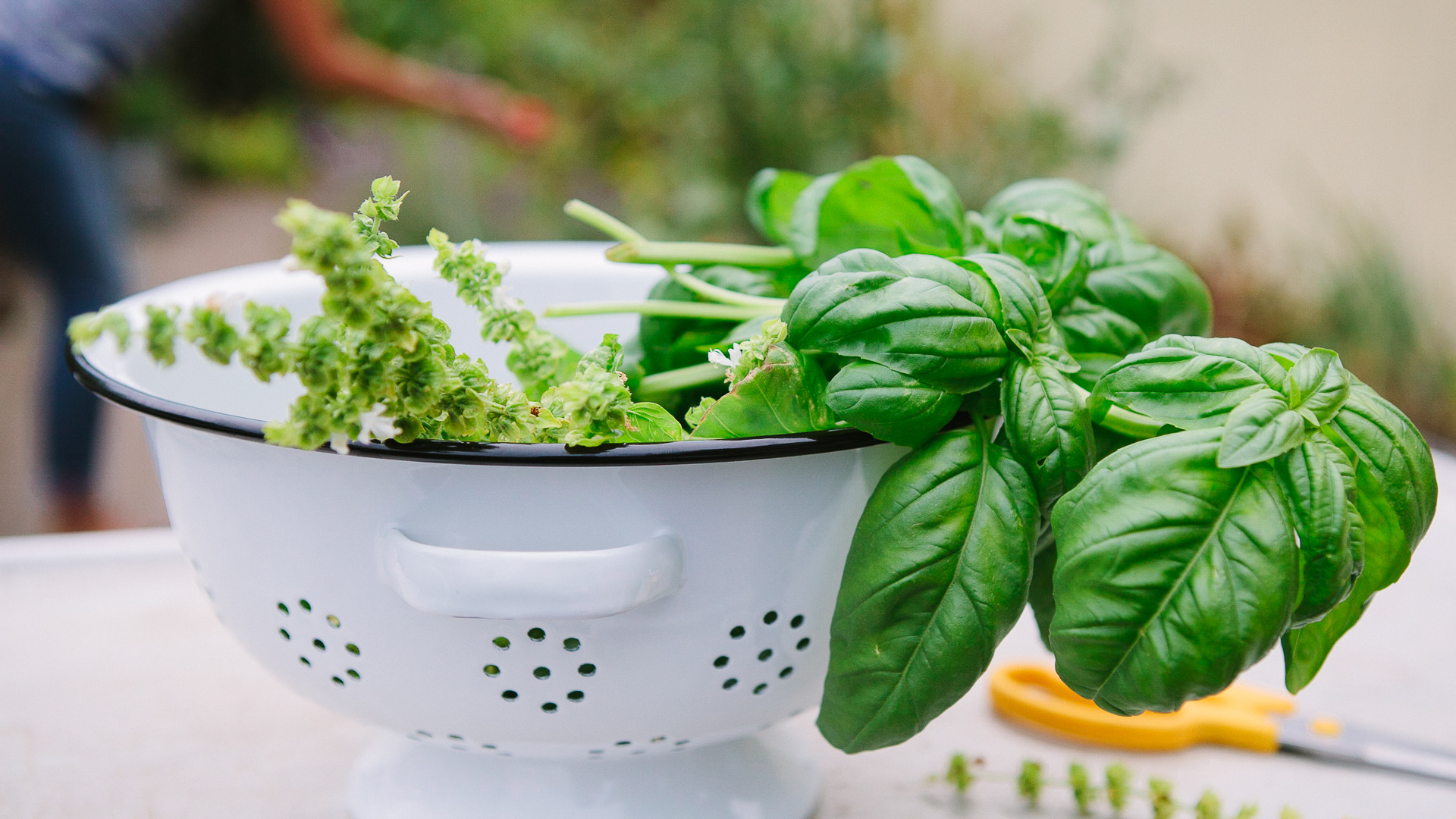
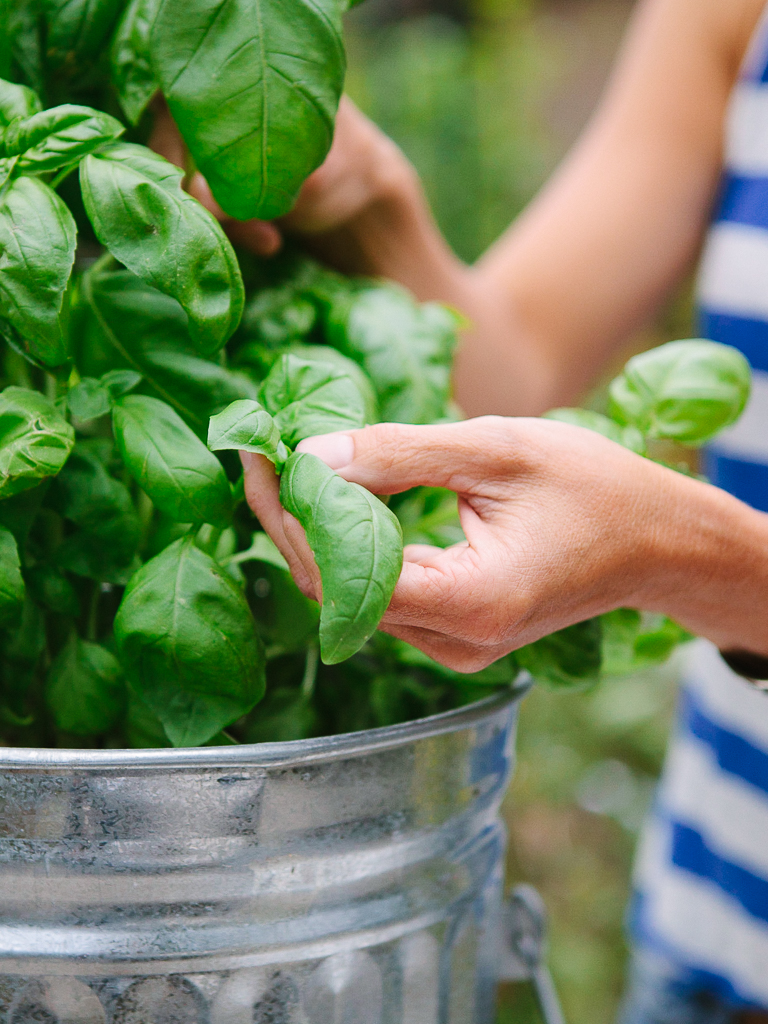 There’s no such thing as too much basil. :)
There’s no such thing as too much basil. :)
Related post: Planting Tomatoes: 10 Tips for Growing a Bumper Crop
Related post: DIY Mason Jar Herb Garden
Related post: How to Grow More Vegetables With Less Space
*This article was originally published in May of 2016.
Listen
Buy The Book
Special offers
Newsletter Signup

Archives
Disclosure
Pass The Pistil is a participant in the Amazon Services LLC Associates Program and other affiliate programs such as Etsy, affiliate advertising programs designed to provide a means for sites to earn fees by advertising and linking to curated affiliate sites.

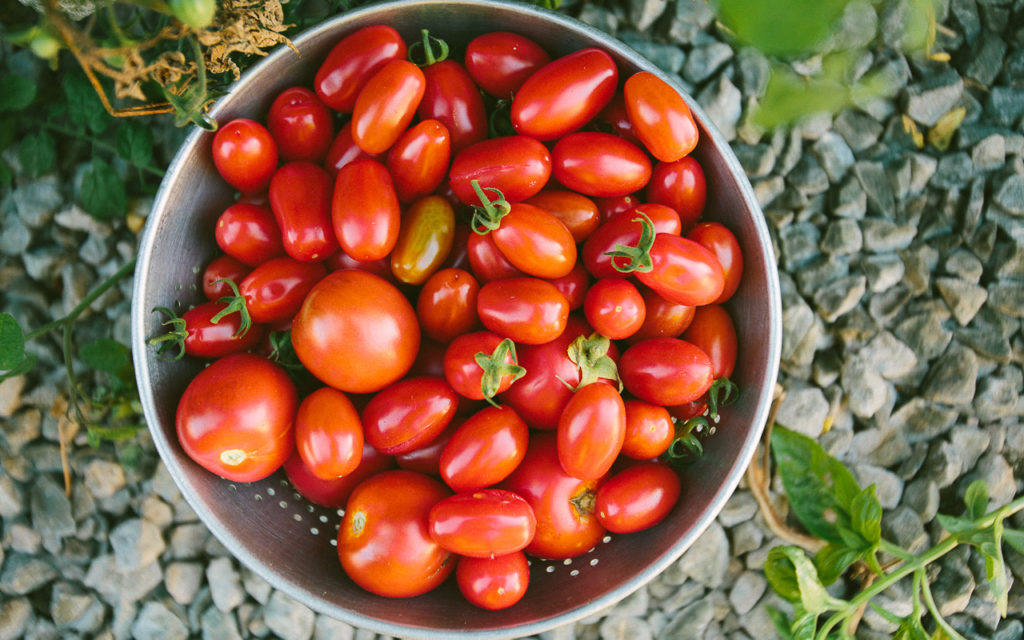
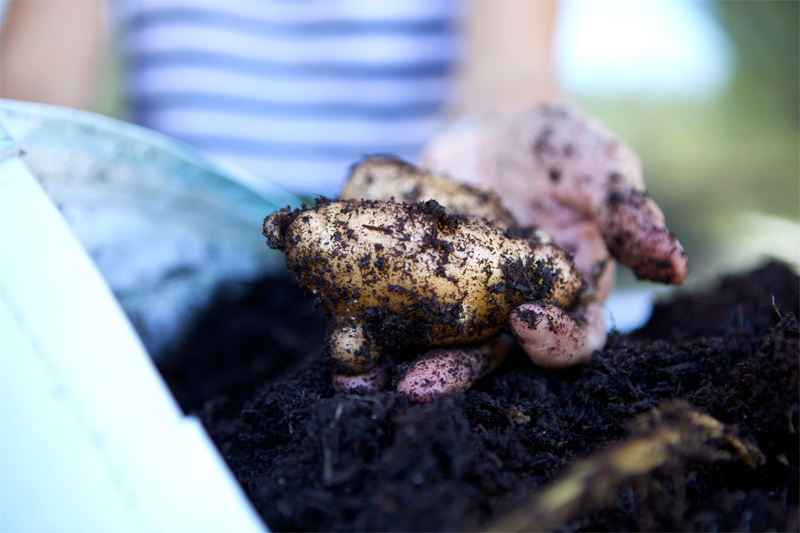






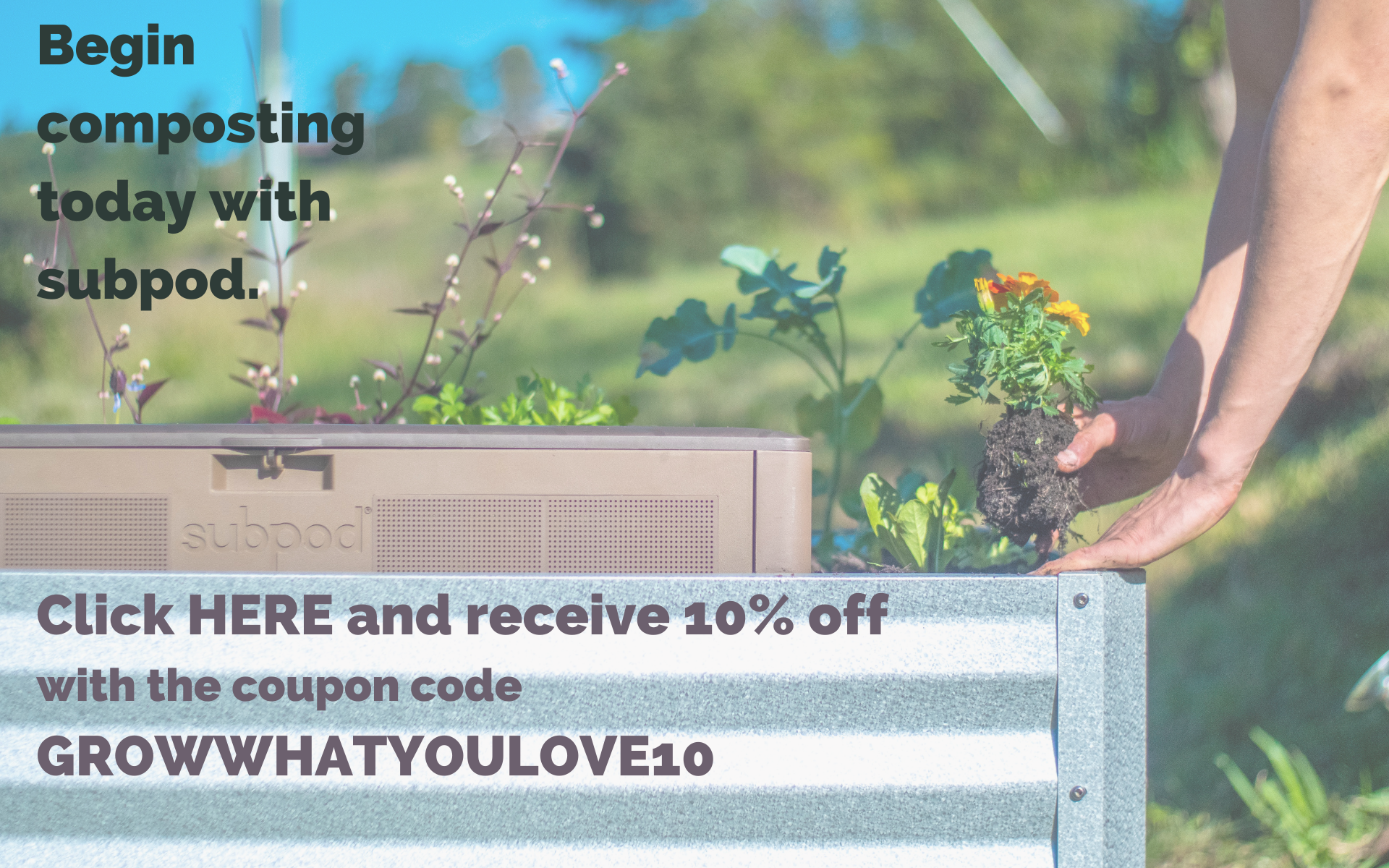
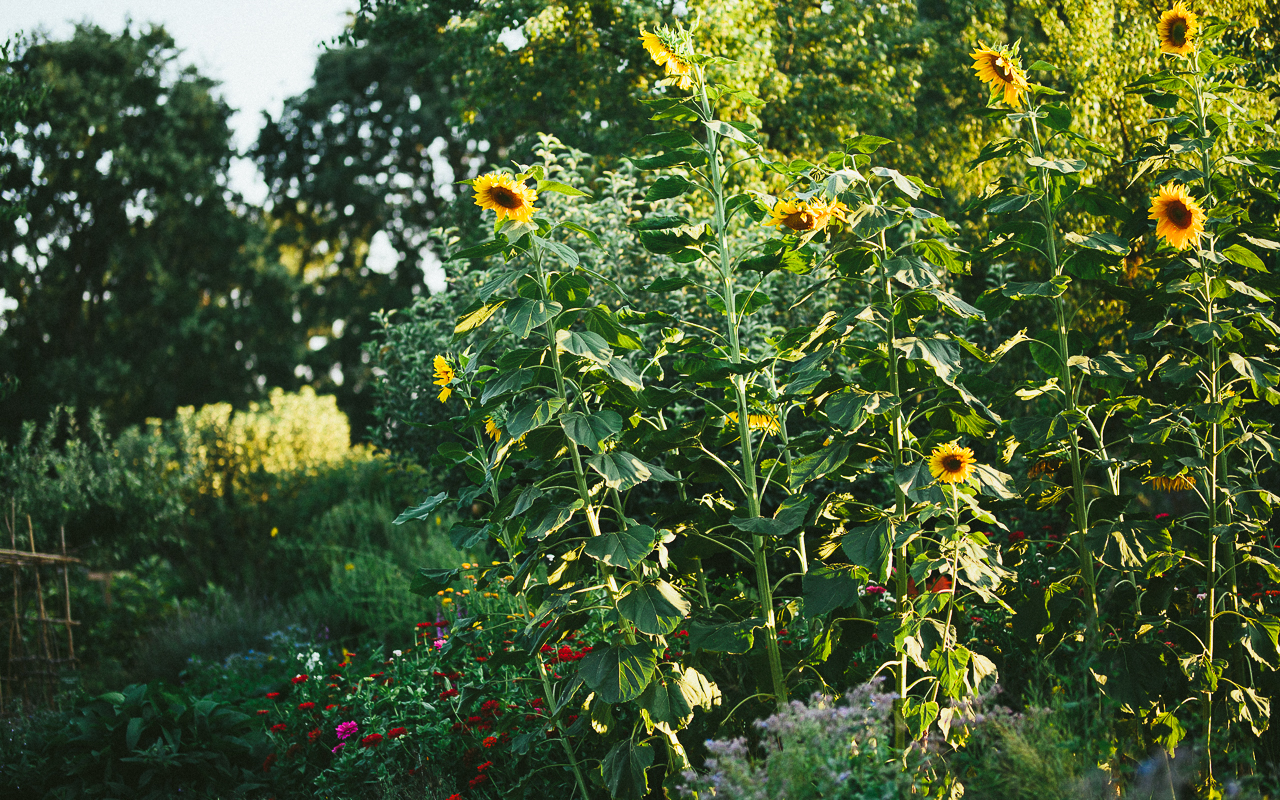
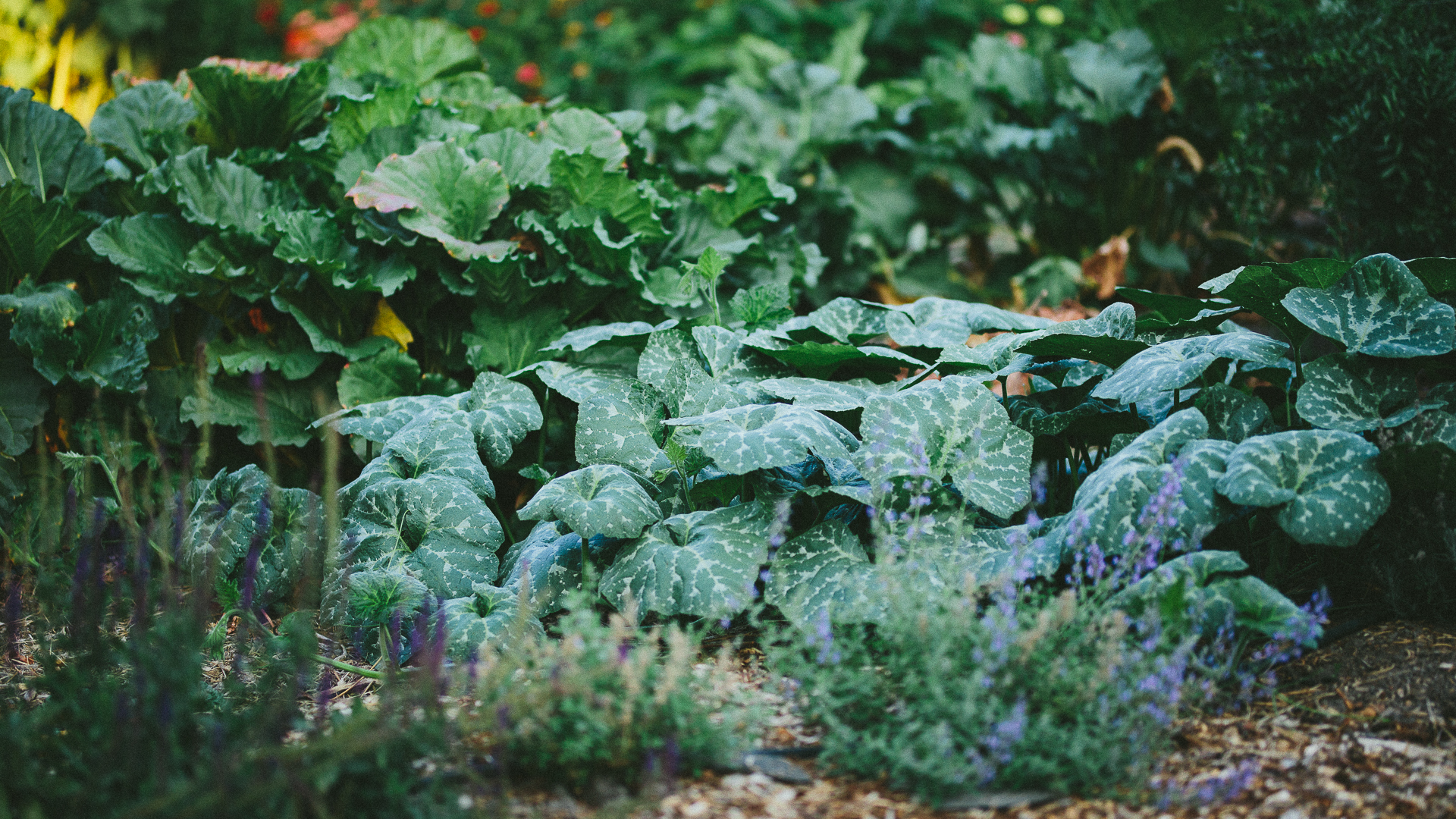
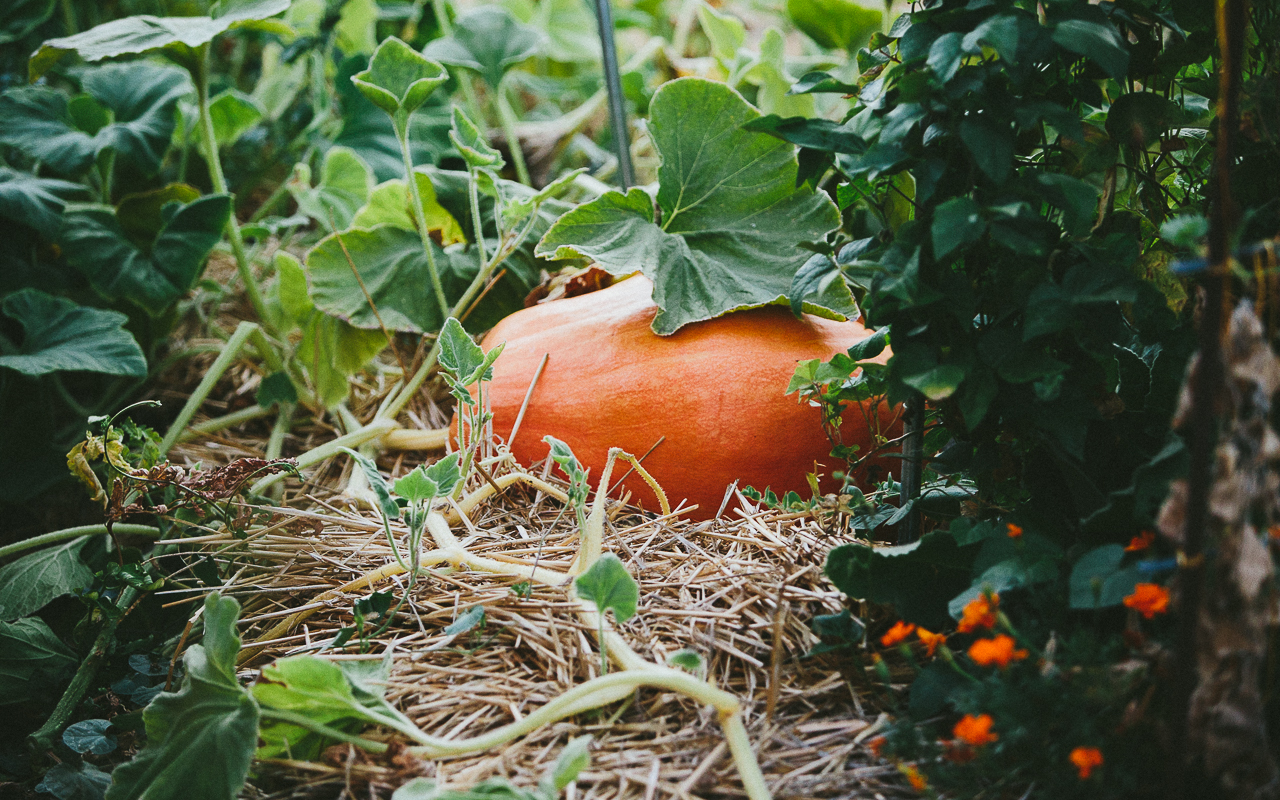
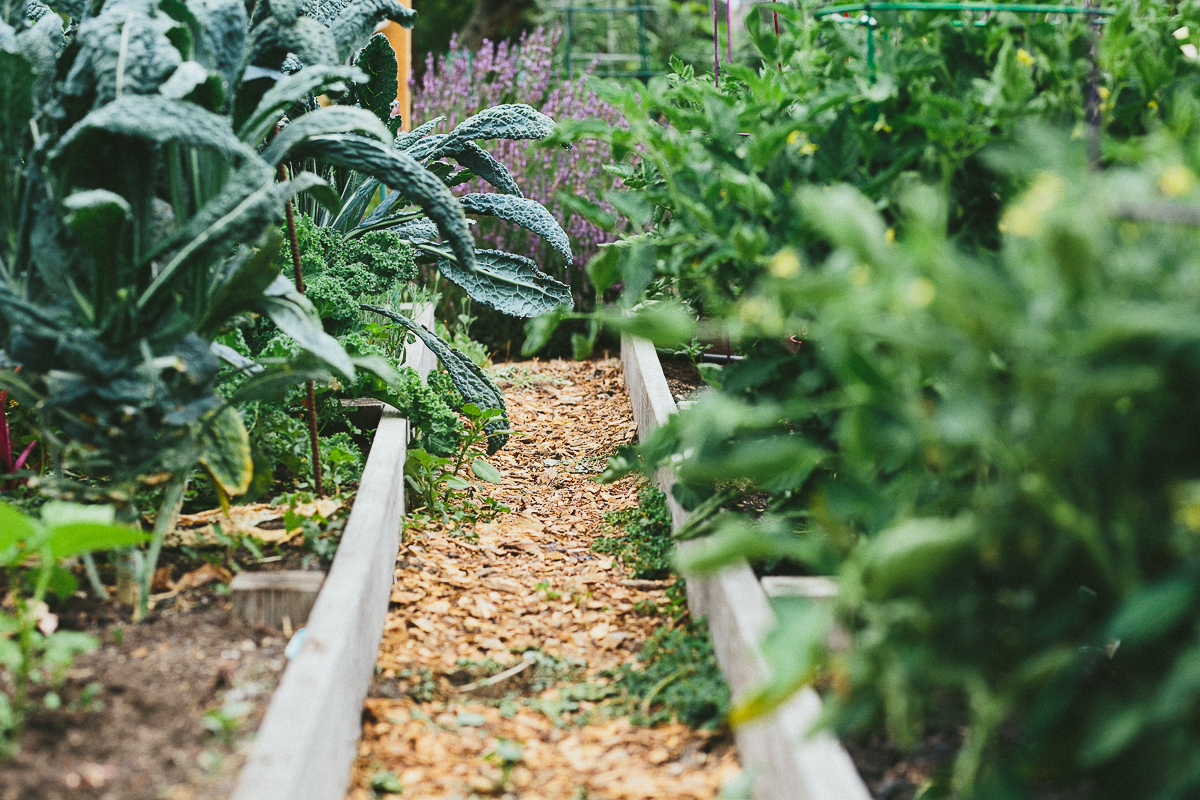
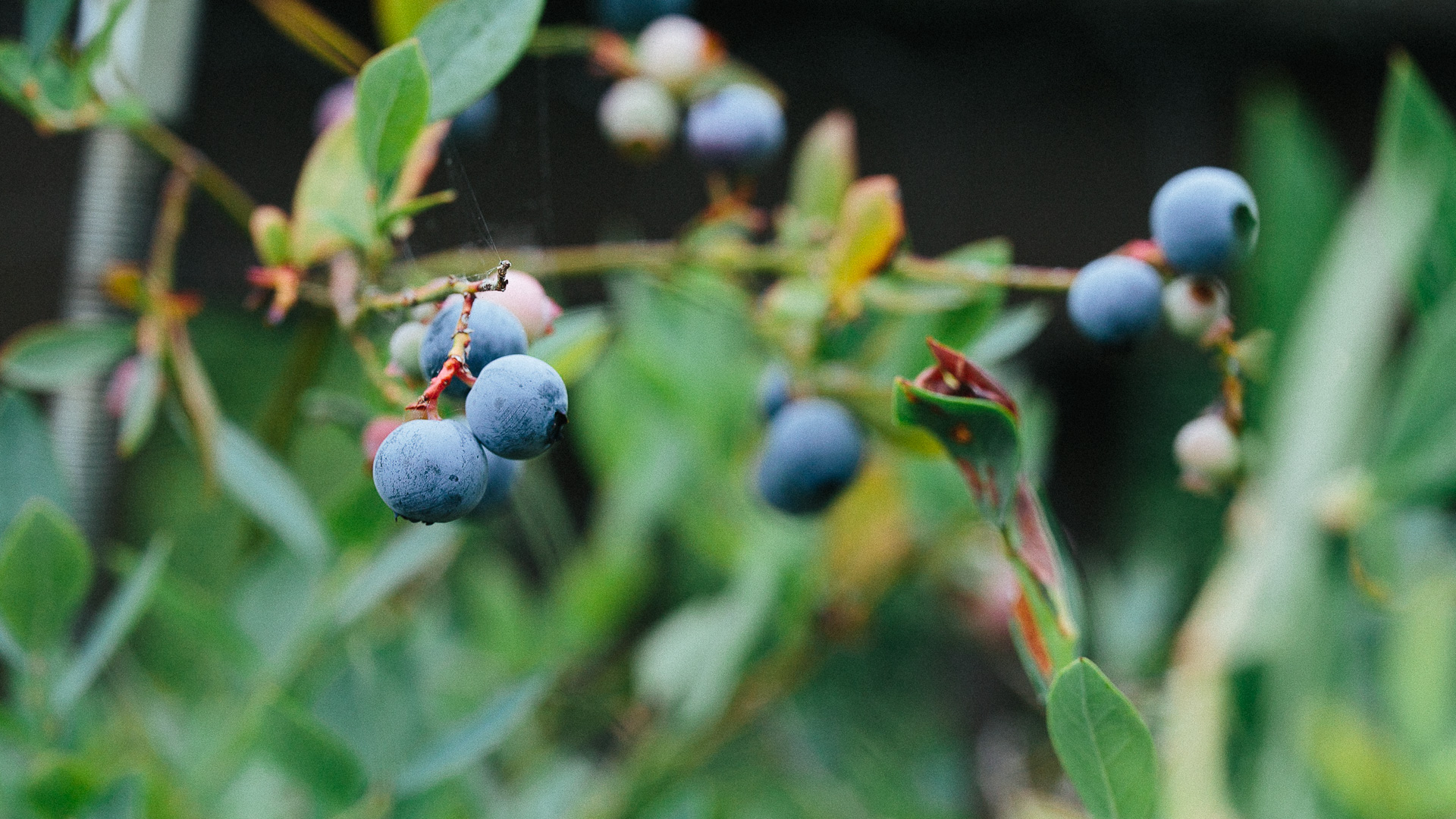
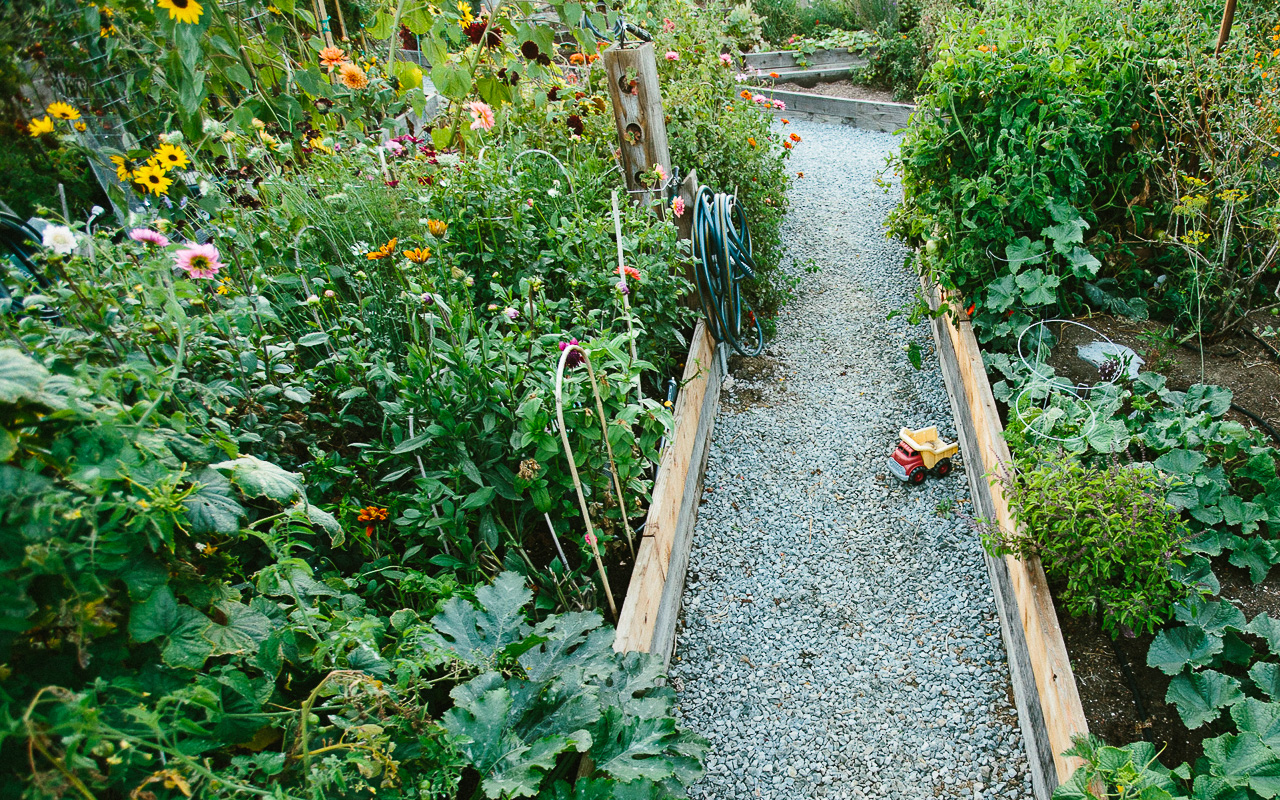
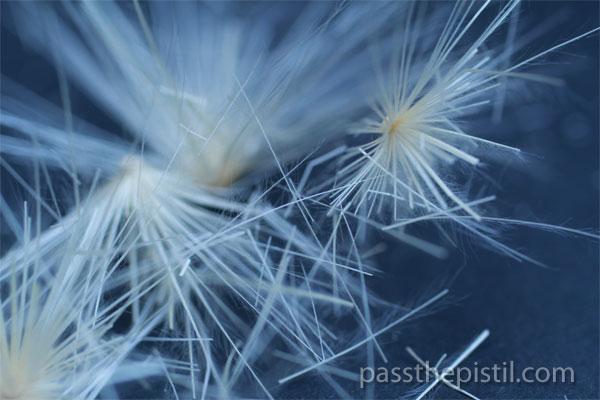
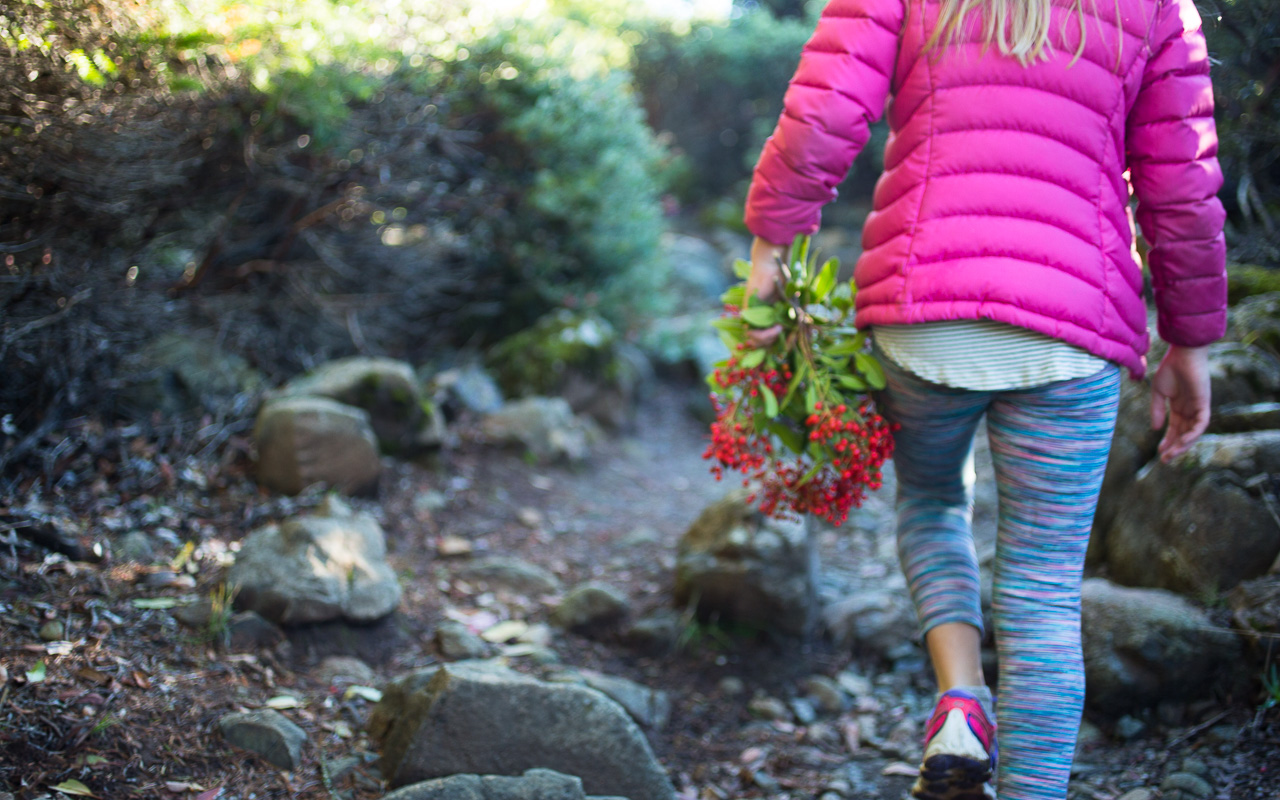
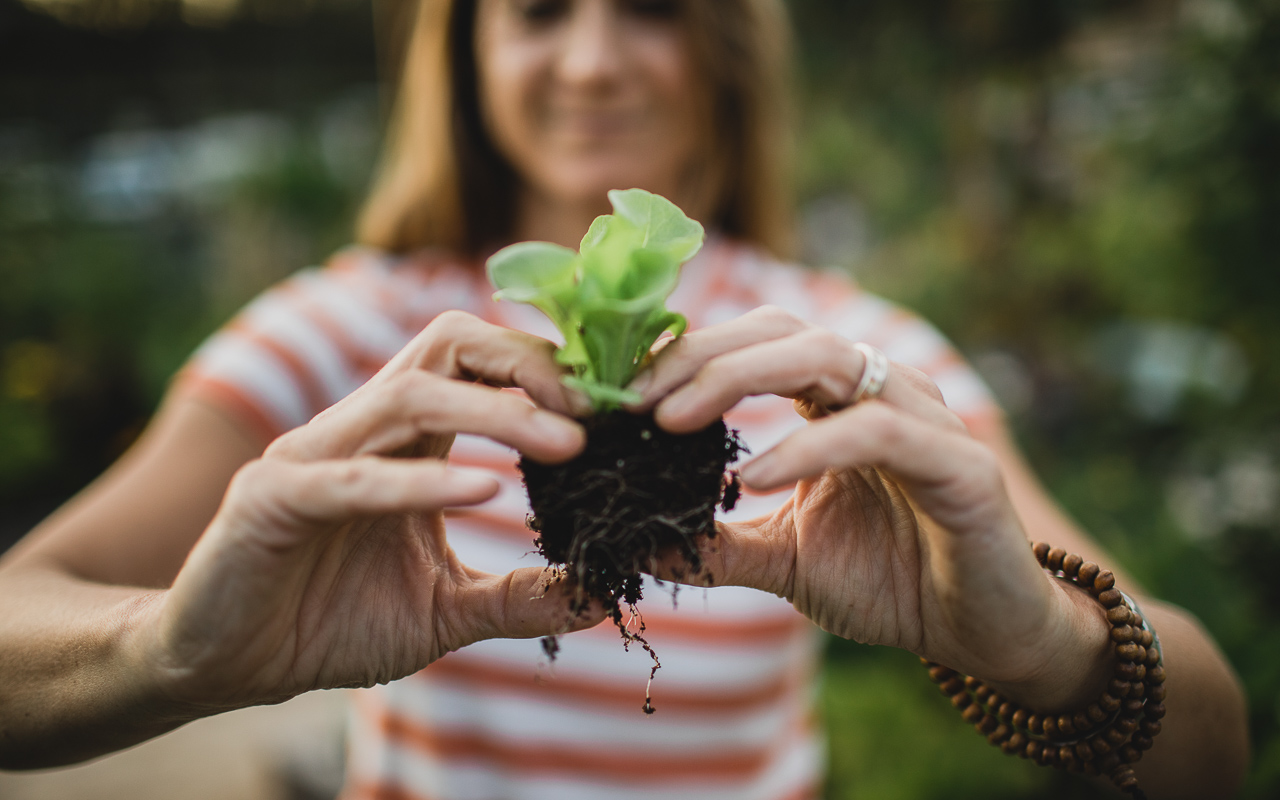
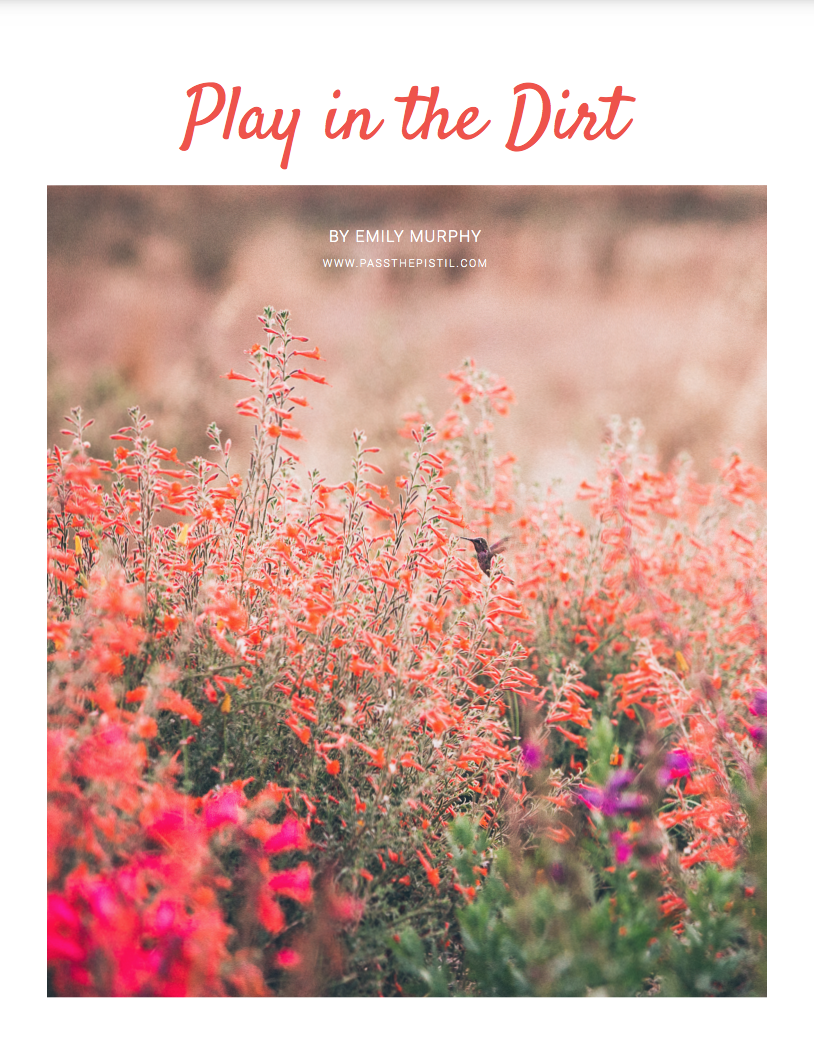
Thanks for your article. I have a basil plant that is about to flower, I want the seed to plant more basil. I live in PA, really bad winter. Should I prune the leaves and let it flower? Is sweet basil perennial?
Thanks!
-Deb
Hi Deb,
Sweet basil isn’t perennial, however you can take cuttings from it and root them in water. Once they root, plant them in containers filled with soil. This would save you the need to collect and save seeds.
Hope this helps!
Best,
Emily
My basil has one big branch about to flower. May I clip, and dry the flowers to extract the seeds for future plants? Is that how it works? Sorry, first basil plant.
Hi Holly,
If you’re hoping to get seeds from your basil plants it’s best to leave the flowers on the plants and wait for them to go to seed there. However, it is early in the season. I would pinch off those flowers and prune with the hope of growing more leaves, for now, knowing that you can let them flower and harvest seeds later in summer.
Just a thought.
Best of luck!
Emily
I like the comments. I’m currently growing basil, how long can I freeze the basil? Do I cut the basil by the stem?
Hi Tod, thanks for writing! Harvest basil by the stem as noted in the images in the article, trimming stems just above lower branching points. You can freeze the leaves on cookie sheets and, once froze, pack them into an airtight container. Or you can freeze them with a little olive oil. (This is my preferred method.) Layer whole leaves or finely chopped leaves in the bottom of a baking pan, cover with olive oil, and freeze. Once frozen, simply remove from the pan pack in an airtight container. I have more info on freezing herbs in the Grow What You Love book. Best of luck! Emily
Great
Thanks, Alex!
Can this plant be planted with mint and lemon grass. How much does this plant repel mosquitos?
Hi LaSherri,thanks for writing! Use varieties like African blue basil with your mosquito repellant planting combination. It’s pungent, with a stronger mint and camphor fragrance. It’s also a fabulous pollinator plant. Best of luck!
Can you freeze basil? If so, how do you do it?
Hi Stella, great to hear from you! There’s more than one way to freeze basil and the way you choose to freeze it will depend on how you’d like to use it later. A common way to freeze whole leaves it to blanche it, chill it, let it dry and then freeze in an airtight container. First wash your basil and prepare a bowl with ice water. Next bring a pot of water to boil on the stove, blanche leaves for a couple seconds and place immediately in ice bath to cool. Remove from ice bath, wait until basil is thoroughly dry and then seal and freeze. Try placing basil on a cookie sheet to dry and also try to be patient. Works best if completely dry. Basil can also be frozen in ice cubes as well as cleaned, chopped and prepared with olive oil before freezing. Best of luck!
Living in northern mid-west, basil will not survive the winter in the garden like my oregano and mint. I would like to bring the plant indoors for the winter months. Last time I tried this with another plant I had an outcropping of small bugs – think gnats. Any suggestions on transitioning from outdoor crop to indoors?
Hi Tracy, Thanks for writing! I know these small bugs – so pesky! Basil is susceptible to white flies and other pests. Best to spray them down with water to knock bugs off and try a diluted solution of soapy water to kill what’s left. If it’s a severe problem, quarantine plants before bringing them in. Italian basil tends to be short lived, so bringing it inside will give you a few more weeks or months until you’ll need to reseed. There are other basils, like African Blue Basil, that are perennial. You may want to give a few different varieties a try to see what grows best in your indoor environment. Hope this helps! Happy growing! ;)
I have basil that needs to be replanted, but I think it needs to have some harvested. Is it better to harvest and immediately re-plant or re-plant and let it settle into the new pot and soil then harvest/ Or maybe none of the above?
Thanks for any advise,
Hi Pat, great question! Thanks for writing. Harvesting when replanting or potting up is good. This will help the plant focus on establishing new roots and recover from any possible shock associated with transplanting – plus you’ll have leaves to eat in the mean time. Water it well and keep it out of intense heat/sun for a few days for best results. Good luck! :D
I’ve learned something. What do I do if its gone to flower? Thanks
Hi Angelica, thanks for writing! Happy to hear the article has helped – the more basil the better! :) If your basil has gone to flower you can pinch off the flowering heads or prune it the same way explained in the article. If it’s leggy from flowering, pruning will help stimulate growth. If it’s so leggy it’s wrapping up its lifecycle, there’s still time to grow more basil especially if you find a start at your nursery or grocery. Best of luck!
Love this! The pictures of where and what to harvest really helped
Wonderful! Thanks a bunch for writing, I’m so happy to hear the post and images are helpful! :D